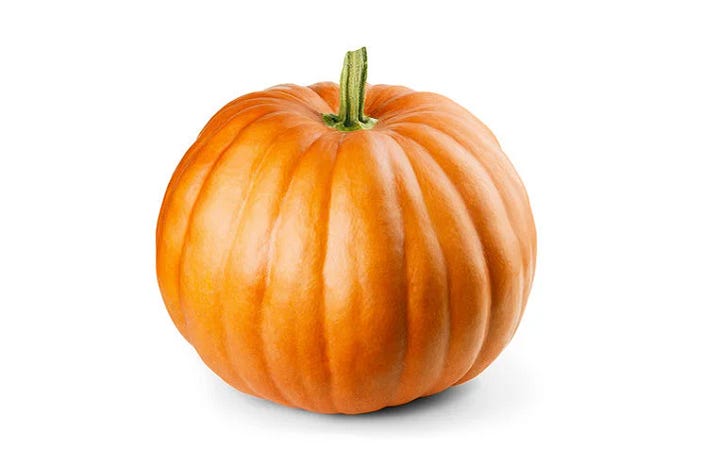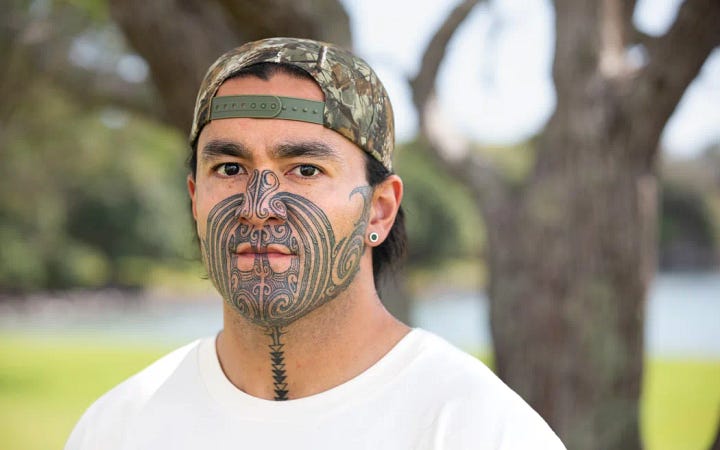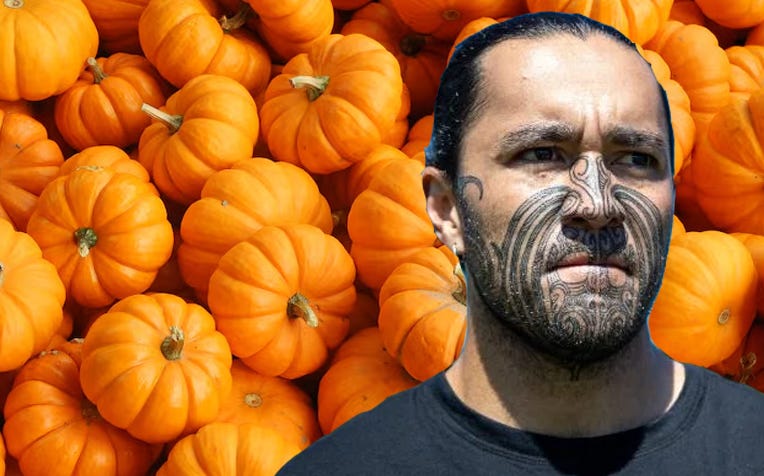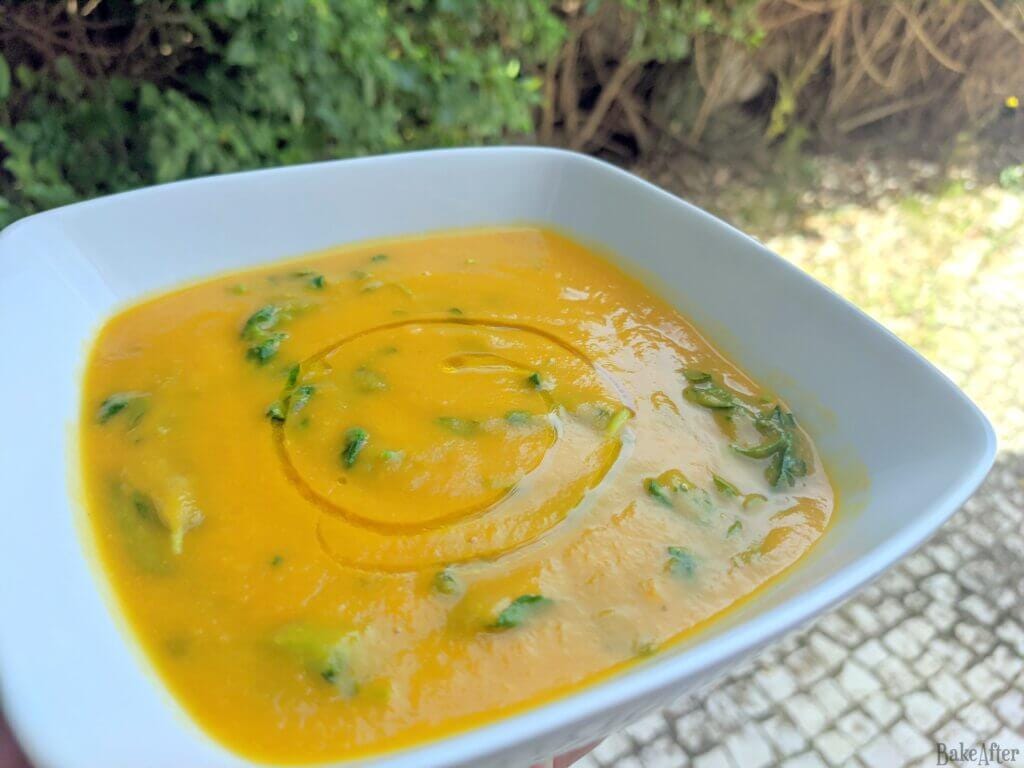Eru Kapa-Kingi has finally revealed the meaning behind his tā moko facial tattoo, and it is fair to say that not even his most loyal followers saw this one coming. The bold design that now sprawls across his face is not a symbol of ancestral struggle, decolonisation, or protest against the Crown. It is a tribute to his proud heritage as a descendant of pumpkin farmers.
After several months of what he described as “deep ancestral research,” Kapa-Kingi says he uncovered a forgotten chapter of his whakapapa that forever changed how he sees himself. His great-great-grandparents, according to family sources were among the first pumpkin growers in Te Tai Tokerau. “I found out we were pumpkin people,” he told followers on a livestream, “and I knew straight away that I had to honour that legacy in the most sacred way possible.”
In an emotional statement, Kapa-Kingi went further. “If it wasn’t for the colonisers bringing in those beautiful pumpkin seeds, I don’t know where I would be today. Those settlers may have taken land, language and sovereignty, but they gave us the pumpkin, and for that I give thanks.”


The tattoo, which some say looks suspiciously like a Halloween prop, is according to Kapa-Kingi, a powerful visual reminder of his roots. “Every time I look in the mirror, I see my ancestors. I see their hands in the soil, their baskets full of orange glory. I see Pak n’ Save Kaitaia’s five-dollar week and I remember that we were a people of abundance.”
Asked if the pumpkin symbolism clashed with his frequent calls to reject colonial imports, he laughed. “It is not about rejecting everything. It is about choosing what nourishes us. The pumpkin sustained us, body and soul. It gave us warmth, it gave us soup, it gave us comfort during the winter months. That is what I carry with me on my face.”

His mother Mariameno Kapa-Kingi praised his courage and creativity, saying it represents a new era of cultural expression. Others have been less kind, suggesting that tattooing a vegetable on your face might not be the wisest move for a man trying to be taken seriously in politics. One local kaumātua was overheard saying, “If he really wanted to honour da pumpkin g, he should have just made a whakn’ soup or something eah!”
Still, Kapa-Kingi remains unmoved. “This moko is my compass,” he told this reporter from matuakahurangi.com, his tone solemn. “It reminds me of where I came from and where I am going. The pumpkin is round, eternal, full of life and seeds. In many ways, it is like me.”
Whether the public will embrace the Pumpkin Prophet of Te Tai Tokerau remains to be seen, but one thing is certain. In a political landscape already crowded with self-proclaimed visionaries and culture warriors, Eru Kapa-Kingi has managed to carve out something truly unique.
Pumpkin, Kina and Watercress Soup (He Hupa Paukena, Kina me te Kōwhitiwhiti)
Ingredients
Main:
1 medium pumpkin (crown or buttercup work best), peeled and diced
2 tablespoons olive oil or hinu kūmara (cold-pressed vegetable oil)
1 large onion, finely chopped
3 cloves garlic, crushed
1 thumb of ginger, grated
1 medium kūmara, peeled and diced (for sweetness and texture)
4 cups vegetable or chicken stock (use homemade for depth)
1 cup coconut cream or fresh cream
2 tablespoons miso paste or fermented seaweed seasoning (for umami)
1 small bunch watercress, washed and roughly chopped
Salt and cracked pepper to taste
To serve:
Fresh kina (sea urchin roe), scooped carefully from the shell
A drizzle of cold-pressed olive oil or harakeke seed oil
A few sprigs of fresh watercress
Optional: toasted rewena bread or crusty sourdough
Method
Roast the Pumpkin
Preheat oven to 200°C. Toss pumpkin and kūmara in olive oil, salt, and pepper. Spread on a baking tray and roast for 25–30 minutes until golden and tender.Prepare the Base
In a large pot, heat a little oil and sauté the onion until soft and translucent. Add garlic and ginger, stirring until fragrant.Combine and Simmer
Add the roasted pumpkin and kūmara to the pot, pour in the stock, and stir in miso paste (or seaweed seasoning). Bring to a gentle boil, then reduce heat and simmer for 10–15 minutes.Blend Until Smooth
Remove from heat and blend until silky. Stir in the coconut cream and season with salt and pepper.Add the Watercress
Stir through chopped watercress just before serving so it keeps its fresh green colour and peppery bite.Finish with Kina
Ladle soup into bowls and top each with a generous spoonful of fresh kina. The heat from the soup will lightly warm the kina, releasing its ocean-sweet flavour. Drizzle with olive oil or harakeke seed oil, and garnish with extra watercress.
Serving Tip
This soup celebrates balance - the sweetness of the pumpkin, the richness of the kina, and the sharp freshness of the watercress. Serve it in small wooden bowls, with rewena bread for dipping, and eat slowly. It’s a dish that feels both ancient and new, a nod to the whenua and moana in one bowl.






Hilarious!
Can’t un-see pumpkin face now!
Whakn’ brilliant! 😁